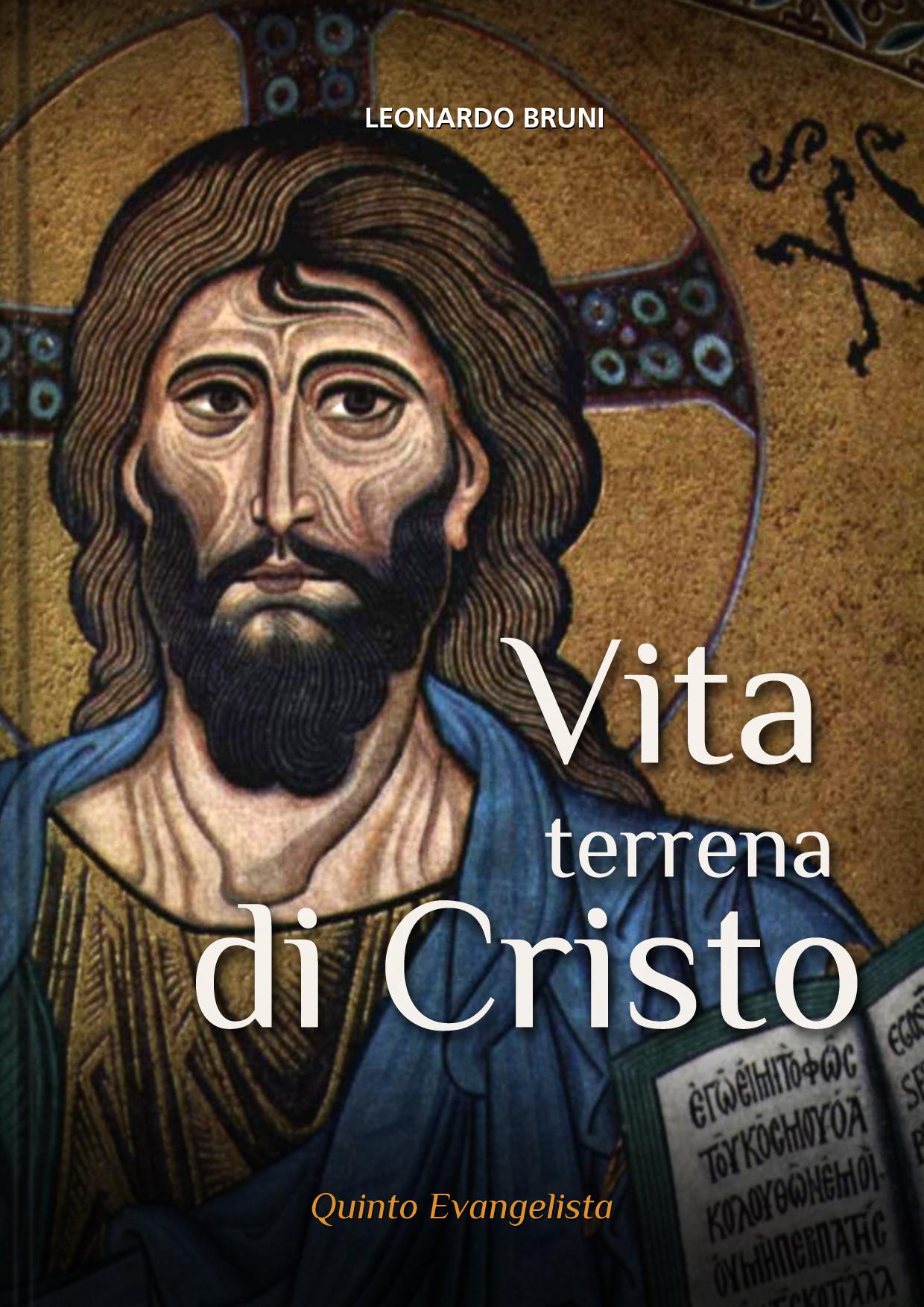
This essay fills a very important gap. The four Gospels were written so that we believe in Jesus as God. But they are not a history of the earthly life of Christ. This essay, with accurate documentation, describing the "Earthly life of Christ" as it actually took place from start to finish. Month after month, year after year. From the wood of the manger, to the wood of the cross. There are included the latest results of archaeological research, historical and social. Related to the culture of the time, in which Jesus lived.
For believers: God himself; the Second Person of the Holy trinity, became man. One who has revealed not only the mistery of God to man. But also the mistery of man to himself; making known his eternal destiny.
For agnostics: the perfect model of man; who gave his life for others. Free in front of each power; not tied to personal interest. Who has divided history between BC and AD.
A text that challenges the inner life of every man, atheist or beliver that it is.
Genre: RELIGION / Christian Theology / Christology
The book was published in ebook format on Amazon.it
It was printed in paper book by the author in self publishing with the label "Quinto Evangelista Edizioni" in about 300 copies.
It was not yet published by an official publishing house.
§ [3] MARIA SI SPOSA
Tuttavia la scelta di stare nel tempio di Gerusalemme non era, come le nostre suore consacrate, "a vita". Raggiunta l'età da marito la vergine si doveva sposare. Ciò significava che non era lei la vergine, dalla quale doveva far nascere il Messia. Come aveva profetizzato Isaia 750 anni prima. Diciamo che la loro funzione era simile alle vestali romane, istituite da Romolo, o meglio dal suo successore Numa Pompilio. Anche loro raggiunta una certà età si dovevano sposare. L'unica differenza era che quelle ebree si dovevano sposare a sedici anni, quelle romane fino a trenta. Ciò creava più problemi per la loro verginità. Ma si hanno poche notizie di vestali condannate per relazioni sessiali (incestus). Livio attesta di una poveretta, una certa Oppia, messa a morte per rapporti carnali nel 482 a.C.
La tradizione ebraica per le vergini del tempio era semplice e precisa. Si rifaceva alle norme di Mosè per dare in moglie le ragazze rimaste orfane, come Maria. Per non disperdere l'eredità e le terre lasciate dai loro genitori. Il passo dei Numeri è chiaro: si chiamavano i pretendenti della stessa tribù -in questo caso quella di Davide. Su un ramo ognuno incideva il proprio nome. Il Sommo sacerdote faceva vedere i rami alla ragazza, che se ne stava in un luogo appartato. I pretendenti non la vedevano. La scelta veniva poi riferita dallo stesso Sommo Sacerdote ai prestendenti. Tutti i giovani data l'importanza della situazione si recavano, nella sala del Tempio, vestiti e sistemati di tutto punto. Non tutti si conoscevano. Molte volte solo per nome. Per cui nel tempo dell'attesa era tutto un parlottare sul parente Tizio o Caio e dei fatti avvenuti nelle famiglie. Domicliate nei più svariati paesi.
| Language | Status |
|---|---|
|
Spanish
|
Already translated.
Translated by Jorge Ledezma
|